The main focus of the two week leg of the trip from Chennai to Kolkata was Odisha, the eastern Indian state that has the highest proportion of Adivasi of any state. Adivasi is the Indian term for tribal peoples, those who cling to traditional religions, languages, and other aspects of culture separate from the larger population around them. For example, in Odisha state the main regional language is Oriya, but about a third of the state's population speaks local tribal languages.
Few foreigners travel to Odisha state for a number of reasons
. One is that it has few of India's most famous sights; a second is that a Maoist insurgency has led to some terrorist attacks in parts of the state in recent years; and a third is that you need special permits to visit. For our permits Dragoman partnered with a local company based in Puri to organize our travels through the state. Our guide through Odisha was the owner of this company, a very enthusiastic and knowledgeable man named Pulak.
We met Pulak in Vishak in northern Andhra Pradesh state. Our drive into Odisha started with breakfast at a local roadside shack and then on into the low mountains of the interior with a few stops to purchase beers and snacks for the days ahead.
By midday we reached Gaudaguda, a village in a region in southern Odisha inhabited mostly by members of the Paraja tribe. It was market day, so our first major cultural experience was attending the local market for about an hour. Rather few foreign tourists visit the area so there was little in the way of tourist tack available and the people ranged from friendly to disinterested with little in the way of viewing foreigners as a cash cow as in so many places
. As happens on market days everywhere, there was a fair amount of drunkenness around, so I had to ward off the curiosity of drunks. I was quite intrigued by a woman in the market, or I should say someone dressed as a woman who was clearly a man by way of veiny arms. I took some photos and later asked the young women working at our lodge about him/her. They said he was a man who dressed and identified as a woman and was completely accepted as such by people in the area.
Our lodging for two nights was at a place called Chandoori Sai, a lovely little lodge on landscaped grounds operated by an Australian ex oil man named Leon. Leon appears to run a tight ship, and the lodge and service and food were in top shape. With a beautiful view towards the hills, large rooms, fine Italian cuisine, and (at our time of year) warm sunny days and cool nights, it was one of the top lodging experiences I've had in the Dragoman world.
Our next day of cultural experiences was built around a long loop hike from Gaudaguda through smaller outlying farms and villages to see how the Paraja tribal people live. The human landscape was lovely, enhanced by Pulak's presence. As we'd find throughout Odisha, since Pulak knew the people through frequent guided visits, he opened up opportunities for interaction with local people we would otherwise never be able to have as outsiders. Here I'm inclined to let you look at pictures rather than try to describe the interactions with people we met along our walk.
Upon our return to our lodge Leon informed us that he had been invited to a wedding celebration in the village, and we were all welcome to join. But the wedding deserves an entry of its own and will follow.
Gaudaguda - Paroja Tribal Villages and Markets
Tuesday, February 04, 2014
 Rāyagada, Orissa, India
Rāyagada, Orissa, India
Other Entries
-
28Old Goa - Portugal's Former Indian Colonial Capita
Jan 1025 days prior Panjim, Indiaphoto_camera47videocam 0comment 0
Panjim, Indiaphoto_camera47videocam 0comment 0 -
29Palolem - South Goa's Crescent Beach
Jan 1124 days prior Palolem, Indiaphoto_camera32videocam 0comment 0
Palolem, Indiaphoto_camera32videocam 0comment 0 -
30Hampi - Ancient Temple City of the Monkey God
Jan 1322 days prior Hampi, Indiaphoto_camera106videocam 0comment 0
Hampi, Indiaphoto_camera106videocam 0comment 0 -
31Mysore - A Maharaja's Spectacular Palace
Jan 1520 days prior Mysore, Indiaphoto_camera56videocam 0comment 0
Mysore, Indiaphoto_camera56videocam 0comment 0 -
32Wayanad - Tea Country in the Western Ghats
Jan 1718 days prior Wayanad, Indiaphoto_camera32videocam 0comment 0
Wayanad, Indiaphoto_camera32videocam 0comment 0 -
33Cochin - Kerala's Cosmopolitan Colonial City
Jan 1916 days prior Kochi, Indiaphoto_camera64videocam 0comment 0
Kochi, Indiaphoto_camera64videocam 0comment 0 -
34Aleppey - Cruising Kerala's Backwaters
Jan 2015 days prior Alappuzha, Indiaphoto_camera33videocam 0comment 0
Alappuzha, Indiaphoto_camera33videocam 0comment 0 -
35Varkala - Gorgeous Beaches and Surf's Up
Jan 2213 days prior Varkala, Indiaphoto_camera30videocam 0comment 0
Varkala, Indiaphoto_camera30videocam 0comment 0 -
36Kerala's Traveling Village Temple Festivals
Jan 2312 days prior Attingal, Indiaphoto_camera81videocam 0comment 0
Attingal, Indiaphoto_camera81videocam 0comment 0 -
37Cape Cormorin - India's Holy Southern Tip
Jan 2411 days prior Kanniyākumāri, Indiaphoto_camera27videocam 0comment 0
Kanniyākumāri, Indiaphoto_camera27videocam 0comment 0 -
38Madurai - A Temple Right Out of Indiana Jones
Jan 2510 days prior Madurai, Indiaphoto_camera43videocam 0comment 0
Madurai, Indiaphoto_camera43videocam 0comment 0 -
39Trichy - India's Largest Hindu Temple Complex
Jan 269 days prior Trichy, Indiaphoto_camera43videocam 0comment 2
Trichy, Indiaphoto_camera43videocam 0comment 2 -
40Pondicherry - A Bit of France in India
Jan 278 days prior Pondicherry, Indiaphoto_camera31videocam 0comment 0
Pondicherry, Indiaphoto_camera31videocam 0comment 0 -
41Mamallapuram - Seaside Temples in Stone
Jan 287 days prior Mamallapuram, Indiaphoto_camera49videocam 0comment 0
Mamallapuram, Indiaphoto_camera49videocam 0comment 0 -
42Chennai - India's Fourth Biggest City
Jan 305 days prior Chennai (Madras), Indiaphoto_camera53videocam 0comment 0
Chennai (Madras), Indiaphoto_camera53videocam 0comment 0 -
43Tirumala - World's Most Visited Pilgrimage Site
Jan 314 days prior Tirupati, Indiaphoto_camera8videocam 0comment 0
Tirupati, Indiaphoto_camera8videocam 0comment 0 -
44Andhra Pradesh - Two Days Transit in Eastern India
Feb 022 days prior Visakhapatnam, Indiaphoto_camera24videocam 0comment 0
Visakhapatnam, Indiaphoto_camera24videocam 0comment 0 -
45Gaudaguda - Paroja Tribal Villages and Markets
Feb 04 Rāyagada, Indiaphoto_camera96videocam 0comment 0
Rāyagada, Indiaphoto_camera96videocam 0comment 0 -
46Paroja Tribal Wedding Celebration
Feb 051 day later Rayagada, Indiaphoto_camera36videocam 0comment 0
Rayagada, Indiaphoto_camera36videocam 0comment 0 -
47Tribal Hill Country of Odisha State
Feb 062 days later Bissamcuttack, Indiaphoto_camera53videocam 0comment 0
Bissamcuttack, Indiaphoto_camera53videocam 0comment 0 -
48Gopalpur - Orissa Seaside Village
Feb 073 days later Gopālpur, Indiaphoto_camera55videocam 0comment 0
Gopālpur, Indiaphoto_camera55videocam 0comment 0 -
49Chillika Lake - Largest Brackish Lake in Asia
Feb 084 days later Gamandia, Indiaphoto_camera51videocam 0comment 0
Gamandia, Indiaphoto_camera51videocam 0comment 0 -
50Puri - Eastern India's Holy Hindu City
Feb 095 days later Puri, Indiaphoto_camera47videocam 0comment 0
Puri, Indiaphoto_camera47videocam 0comment 0 -
51Konark - Seaside Temple of the Sun
Feb 106 days later Konark, Indiaphoto_camera48videocam 0comment 0
Konark, Indiaphoto_camera48videocam 0comment 0 -
52Kolkata - India's Cultural Capital
Feb 128 days later Kolkata (Calcutta), Indiaphoto_camera107videocam 0comment 0
Kolkata (Calcutta), Indiaphoto_camera107videocam 0comment 0 -
53Darjeeling - The Raj's Premier Indian Hill Town
Feb 1511 days later Darjeeling, Indiaphoto_camera69videocam 0comment 0
Darjeeling, Indiaphoto_camera69videocam 0comment 0 -
54Karmi Farm - Relaxation and Trekking in the Hills
Feb 1814 days later Bijanbāri Bāzār, Indiaphoto_camera96videocam 0comment 0
Bijanbāri Bāzār, Indiaphoto_camera96videocam 0comment 0 -
55Sikkim - India's Himalayan Mountain Kingdom
Feb 2218 days later Gangtok, Indiaphoto_camera40videocam 0comment 0
Gangtok, Indiaphoto_camera40videocam 0comment 0 -
56Closing the Circle - The Road Back to Kathmandu
Feb 2521 days later Hitura, Nepalphoto_camera20videocam 0comment 0
Hitura, Nepalphoto_camera20videocam 0comment 0 -
57Langtang Valley Trek Part I - The Low Country
Mar 0327 days later Shyaphrubesi, Nepalphoto_camera59videocam 0comment 0
Shyaphrubesi, Nepalphoto_camera59videocam 0comment 0 -
58Langtang Valley Trek Part II - Central Valley
Mar 0529 days later Langtang National Park, Nepalphoto_camera113videocam 0comment 0
Langtang National Park, Nepalphoto_camera113videocam 0comment 0 -
59Langtang Valley Trek III - Among Himalayan Peaks
Mar 0832 days later Langtang National Park, Nepalphoto_camera120videocam 0comment 0
Langtang National Park, Nepalphoto_camera120videocam 0comment 0 -
60Negombo - The Rome of Sri Lanka
Mar 1539 days later Negombo, Sri Lankaphoto_camera40videocam 0comment 0
Negombo, Sri Lankaphoto_camera40videocam 0comment 0 -
61Wilpattu - Leopard Spotting
Mar 1741 days later Wilpattu National Park, Sri Lankaphoto_camera29videocam 0comment 0
Wilpattu National Park, Sri Lankaphoto_camera29videocam 0comment 0 -
62Arunadhapura - Ruins of Sri Lanka's First Capital
Mar 1842 days later Anuradhapura, Sri Lankaphoto_camera40videocam 0comment 0
Anuradhapura, Sri Lankaphoto_camera40videocam 0comment 0 -
63Dambulla - Buddhist Mountaintop Cave Temples
Mar 1943 days later Dambulla, Sri Lankaphoto_camera29videocam 0comment 0
Dambulla, Sri Lankaphoto_camera29videocam 0comment 0

 Rāyagada, Orissa, India
Rāyagada, Orissa, India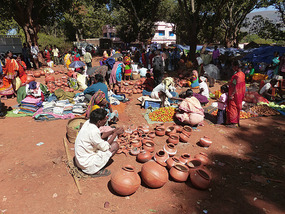
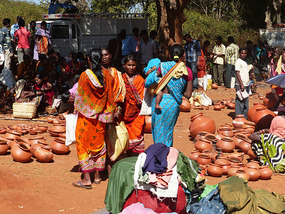



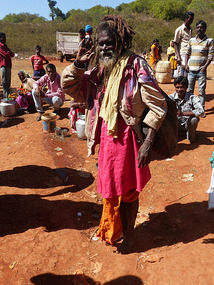
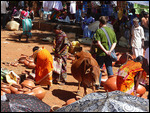
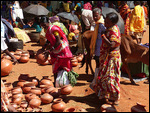
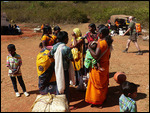
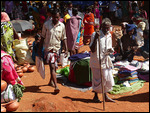
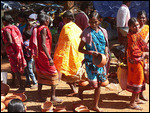
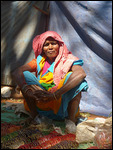
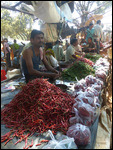
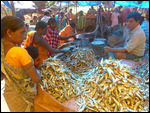
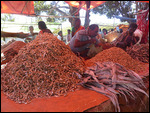
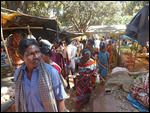
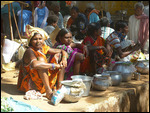
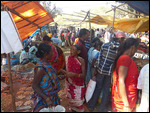
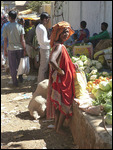
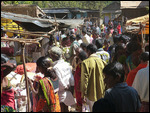
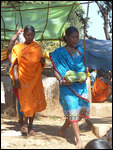
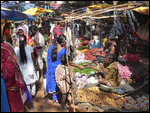
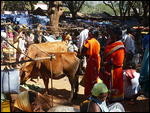
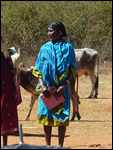
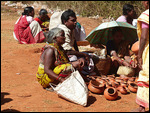
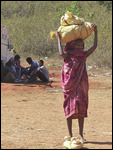
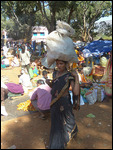
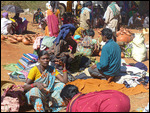
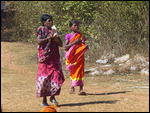
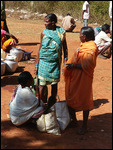
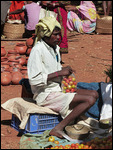
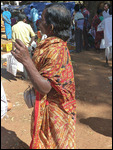
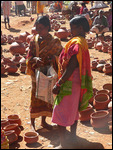
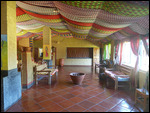
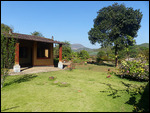
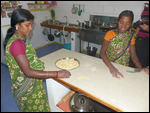
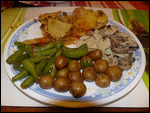
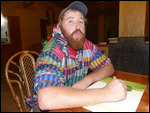
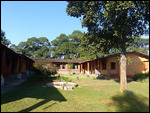
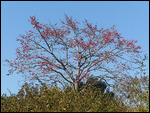
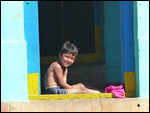
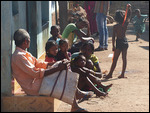
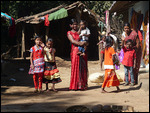
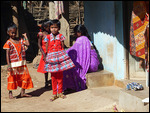
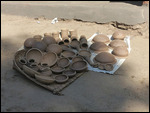
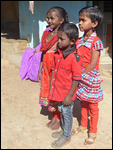
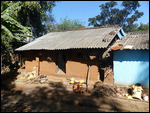
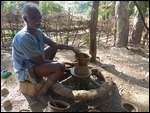
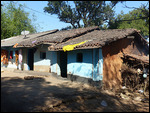
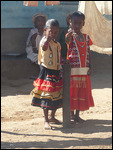
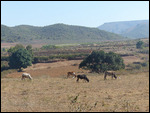
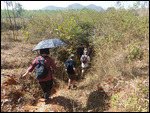
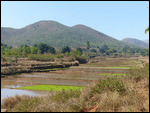
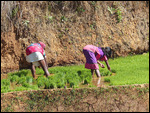
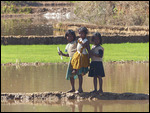
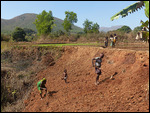
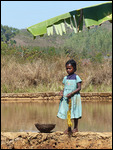
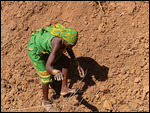

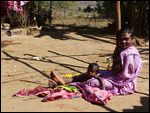
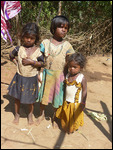
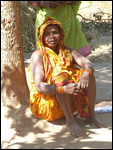
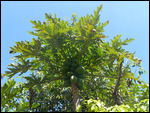
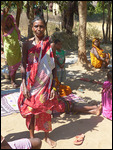

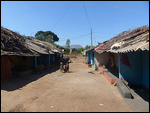
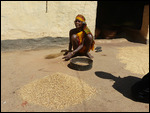
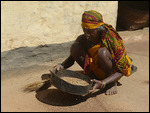
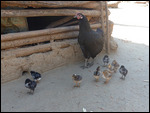
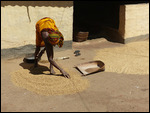
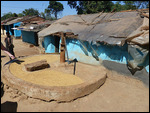
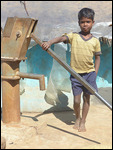
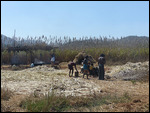


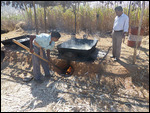
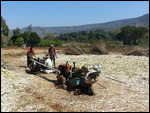
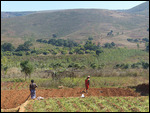
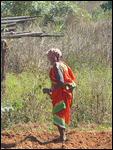
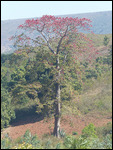
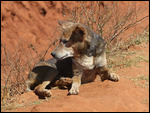
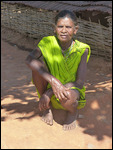
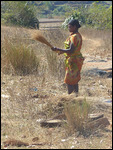
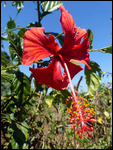
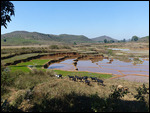
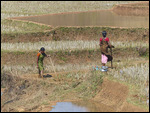
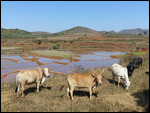
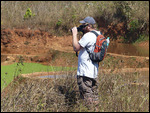
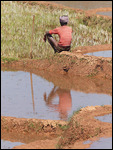
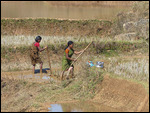
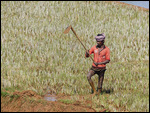
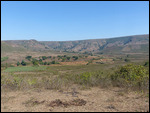
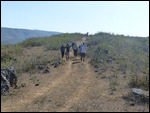
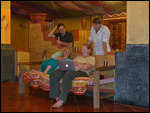
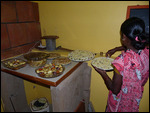
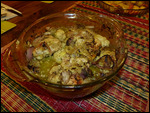
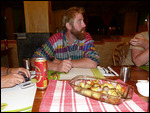

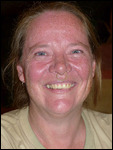
2025-05-22